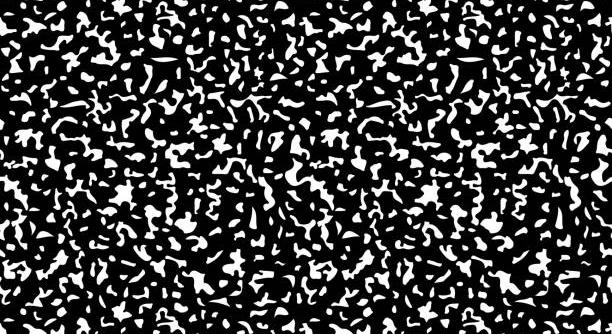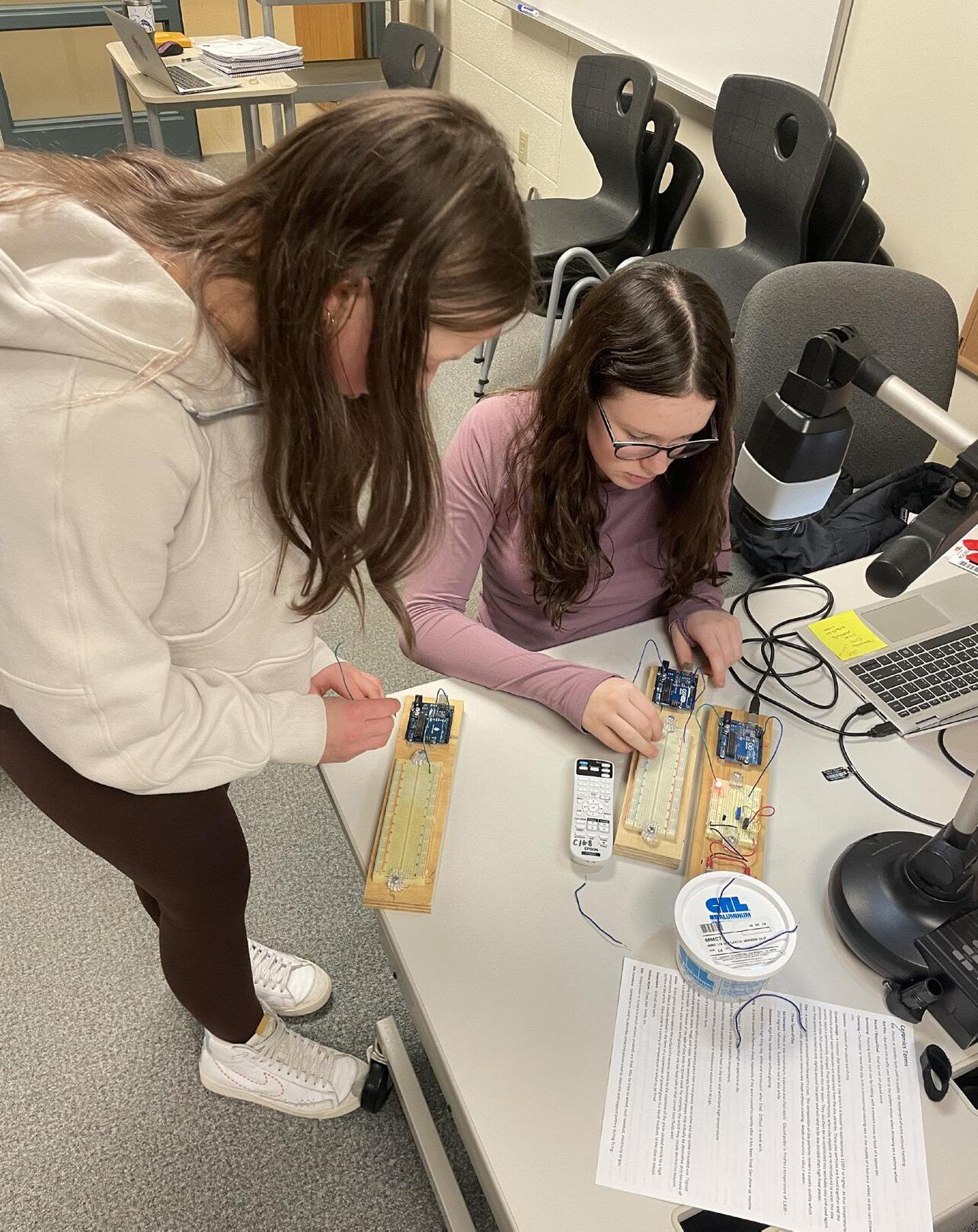
3 minute read
ST x 10^M
Figuring out the right equation for the Sci-Ma-Tech Program
by Bridget Belden & Kristen May Staff writer & Content editor
100 Sheets 200 Pages 9 in x 7 in
Long ago, in 2001, in a classroom far far away, a new Sci-Ma-Tech (SMT) program was born. Well, maybe not too far away. Here at CHS, the SMT program has gone through many changes in the last few years, and it is currently going in several directions. “The SMT program is wonderful, and we wanted to try to build on that and look at a more integrated model [that looks] more at project based learning, where students are actively applying the content [they learn in class],” Assistant Principal Nathanael Kepler states. Getting a firmer grasp and understanding of the lessons taught in class helps students remember it longer and gives them a starting point to build on as they advance through the program. The tools that they learn in the SMT program will help them if they choose to go to college, as well as in their future career and life in general.
In the past, science, math, and technology classes took up three hours in the day. Having three separate classes prevented students from taking a different class of their choosing. However, this past year, the SMT program changed, transitioning into a block where three classes would be fit into two class periods. This new system reopened that second elective for students to choose, which simultaneously made more students interested in the prospect of joining the
SMT program. “If you’re in SMT, it takes up one of your electives, so you’d have to find a different avenue if you wanted to take four years language, four years music…we wanted to try to make that less of a barrier,” Kepler explains. With this new change, though, students now have to contain three classes worth of content within two class periods while also having to take geometry prior to starting 9th grade or virtually during 9th grade. “It’s a little bit of an inconvenience because I still have all of my other schoolwork to do, but I have until the end of next summer, so it probably shouldn’t be too bad,” describes SMT student Dawson Payne ‘26. Regardless, next year, the SMT block will have ELA, science, and the STEM course, rather than math, science, and STEM class. This adaptation is part of the troubleshooting process of creating a new format of the SMT program.
How these changes will impact current SMT students is uncertain, but many students have opinions surrounding the topic of SMT changes. Arthur Lijewski-Lee ‘26, says that, “I’m a little sad almost because now I have to figure out [what electives to take].” The changes in the program will certainly affect students and the classes they end up taking in the coming years, as well as the teachers involved. SMT teachers, such as Kristin
Laing, have a huge role within the development of the SMT block. “We’re basically designing the curriculum ourselves,” acknowledges Laing. Furthermore, with the new block including ELA, the English SMT teacher will have to design an entirely separate English curriculum for students that will hone in on the mechanics of ELA through a scientific lens. The staff members decided to switch out math with ELA in the block for the benefit of the sophomores taking the Symposium class. Moreover, having an entire hour to cover the contents in math will greatly benefit all students.
The SMT program tends to center around the 9th and 10th grade SMT curriculum, but as students branch out into 11th and 12th grades, they have more voice within the course of their schedule as the block system is dissolved. This increase in student voice has grown as SMT has opened up to have more specialized class collections that students can choose from based on their goals for the future. “We also have classes that you can take if you have more of an interest in health and science concepts,” offers Kepler. These health courses are also referred to as Sci-Ma-Health, which is becoming a more separate track from
SMT once students reach 11th grade. Some people, when they think of SMT, may not realize that the SMT program is a great outlet for creativity. For Lijewski-Lee, this creative outlet serves in the form of Arduino, a microcontroller board that students can use to code switches and lights. “[SMT is] a great creative outlet. I can do creative things with the Arduino we are provided,” Lijewski-Lee notes. For others like Domenic Reardon ‘26, this creative outlet hasn’t quite yet opened, but will soon. “Right now, we are learning some of the basics, so we aren’t really able to be too creative, but I see that opportunity in the future to make it an immense creative outlet,” he shares. As an SMT teacher for the past four years, Laing has loved her experience with the program, especially with the creative aspect. “[SMT students] are so creative, that’s my favorite…I think that SMT allows [students] to put those ideas in action with that freedom,” Laing observes.
All in all, the SMT program here at CHS has grown tremendously in the years since its creation, and it will continue to expand as it provides students with a unique high school experience that will prepare them for college and careers within STEM fields. //











